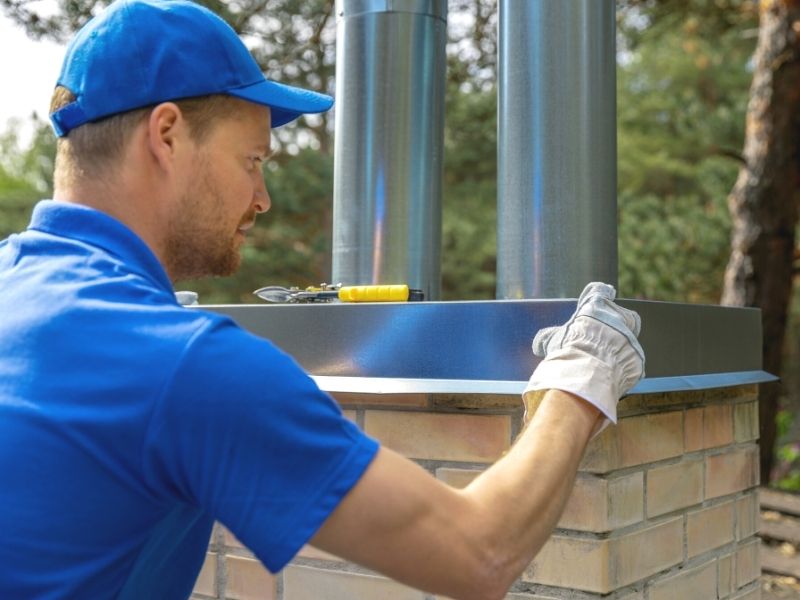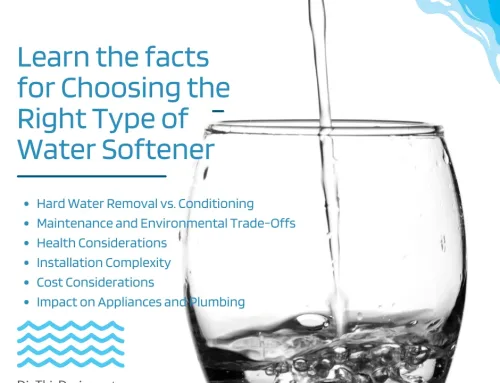Before owning a home, most people are unaware of the options and amenities possible both inside and out. However, there are many home features most consider necessary to the wellbeing and longevity of a home. There are also other options that offer benefits. Most people are unaware of these options until they must make the decisions themselves. Interestingly, a chimney cap is one of those options.
While a chimney can technically function without a cap, many professionals encourage them. The purpose of a chimney cap is to keep debris and weather from entering your chimney. If these elements enter the chimney, they threaten damage to the home.
So, while many professionals say it’s best to install one, there are issues that may arise. So, of course, it’s good to be aware. For some, the issues may be worth the assurance that there is no damage to the chimney or house. For others, leaving the chimney without a cap may seem like a better idea.
You can visit chimneykings.com to learn if a cap is the right fit for you. Additionally, most professionals say that you can avoid the cons of a chimney cap with proper maintenance. However, to determine if a chimney cap is right for your home, today we go over the pros and cons of installing a chimney cap.
Considering a Chimney Cap? Here are the Pros and Cons

Pros
- All sorts of designs, colors, and sizes. Some homeowners may feel as though installing them takes away the appeal of their chimney. When, in fact, there are numerous designs and shapes from which to select. Master Caps creates, designs, and builds many options.
- Chimney caps keep wildlife out of your space. Animals can cause lots of damage to your home and chimney if they find their way inside. However, caps help prevent their entry.
- It prevents downdrafts. Downdrafts occur when the wind blows down through your chimney. This can cause a cloud of ashes and smoke to fill your home. A cap breaks down the wind.
- It helps with fire safety. Without a cap, occasional sparks may find their way up the chimney and onto the roof when you are utilizing your fireplace. A chimney cap helps contain those sparks.
Cons
- Caps can clog. Of course, weather, debris, and animals stay out of your chimney. However, if the mesh becomes clogged and you light a fire, this can keep toxic fumes from escaping properly. Unfortunately, these fumes will then enter your space.
- Chimney caps are made from metal that rusts. When this happens, it may discolor the rest of your chimney as well.
- The remnants of what you burn in your fireplace will remain in the chimney as they are kept from escaping by the mesh cap. This ash obstructs the mesh and keep things from escaping while discoloring nearby brick or other material.
- Installation must be right. In other words, installation of chimney caps must follow guidelines for optimal use. Improper installation not only keeps you from enjoying the benefits, but it also causes serious issues. In fact, a bad installation or ill-fitting chimney cap increases the occurrence of downdrafts. An improper fit may also lead to poor draft and cause a build-up of toxic fumes in your home.
In conclusion.
Use these tips to make your decision whether you need to install a chimney cap in your home while continuing to do your research to determine if this is good fit for you. If you have any questions or suggestions, we always love to hear from you in the comments below. Also below are links to more fantastic articles about ALL things DESIGN for your home or business.
Images Courtesy of Canva.
Other Posts You Might Enjoy:
6 Ways Smart Thermostats Help Protect Your Home
How To Start A Bakery From Home





